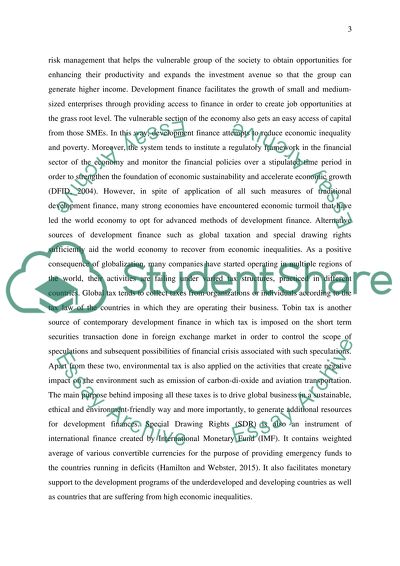Cite this document
(“Contemporary issues in development finance Essay - 2”, n.d.)
Retrieved from https://studentshare.org/finance-accounting/1691756-contemporary-issues-in-development-finance
Retrieved from https://studentshare.org/finance-accounting/1691756-contemporary-issues-in-development-finance
(Contemporary Issues in Development Finance Essay - 2)
https://studentshare.org/finance-accounting/1691756-contemporary-issues-in-development-finance.
https://studentshare.org/finance-accounting/1691756-contemporary-issues-in-development-finance.
“Contemporary Issues in Development Finance Essay - 2”, n.d. https://studentshare.org/finance-accounting/1691756-contemporary-issues-in-development-finance.


